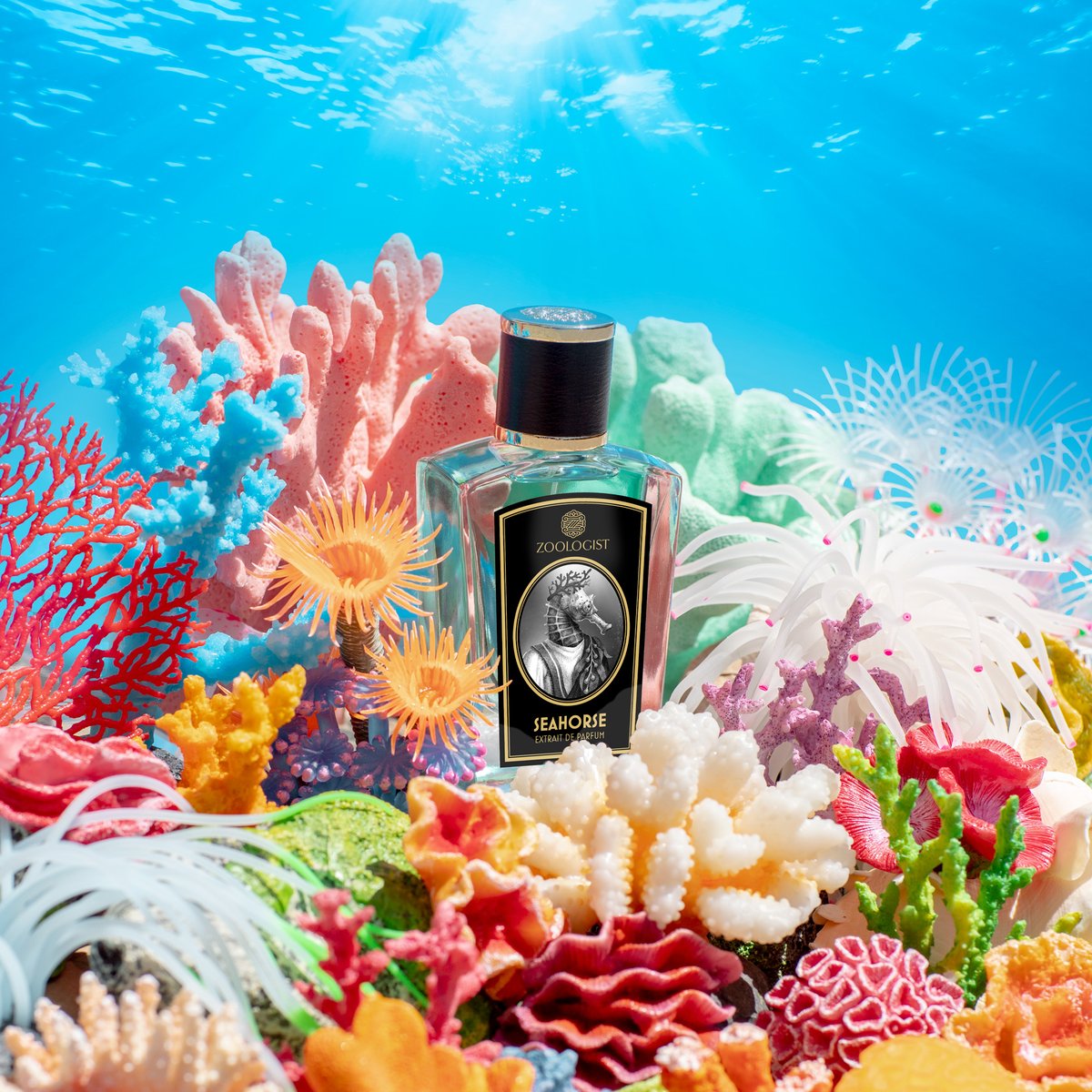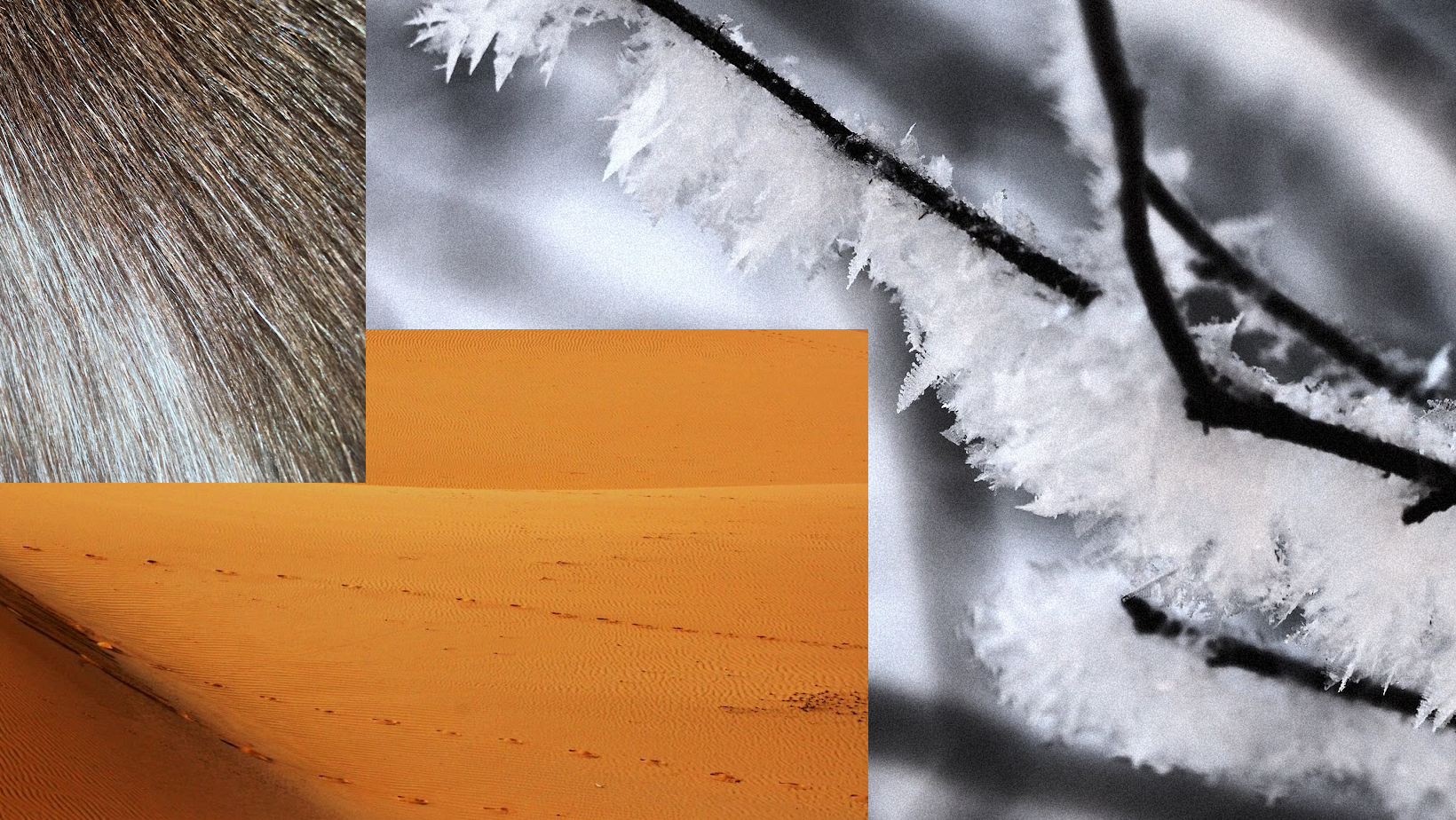If you’ve never encountered the fragrances of Toronto-based Zoologist, you’re in for a wild ride. Each extrait de parfum is inspired by a different animal, invoking its personality and even, in the case of Hyrax, actual (humanely harvested) aromatics from the titular creature. But no animal, humans included, exists in isolation. They’re but one part of the web of flora and fauna which collaborate on the unknowable art project that is their respective habitat. This is why, at least to me, Zoologist perfumes aren’t really about animals as much as the scent of wild landscapes. Panda evokes a misty bamboo forest; Chameleon a tropical island fantasy. Now, with their newest scent, Zoologist turns its attention to a world under the sea.
When Pixar was developing “Finding Nemo”, the production team took scuba lessons to learn more about the look and feel of being underwater. They soon realized that even the clearest, cleanest water is filled with textures; little floating organisms, plant matter, bits of coral and sand floating by, glittering in the shafts of wobbly sunlight. Hours of painstaking animation ensued to add multitudinous sea stuff to each shot. This proved to be the elusive ingredient in making the underwater world feel real.
Zoologist’s new fragrance Seahorse is filled to the brim with “Finding Nemo” textures. You can smell the colours of a richly animated oceanic ecosystem, pulsating like a garden of algae and alien wildflowers. Blue orange blossoms sway in the airless breeze, tides sluice around glossy grass, and all sound goes underwater quiet. In fact, in my opinion, this stillness is key to the uniqueness of this fragrance. Many aquatic scents take the constant churning motion of waves as inspiration, evoking sea spray on the shore where humans can greedily inhale its vapour. But there is something more serene and grounded about Seahorse — still playful but meditative, lapping instead of crashing, like touring the palatial gardens of an undersea empire. This scent doesn’t just take you to an oceanside view, it invites you to be fully submerged.
On the skin, the scent can feel like bioluminescence, the green notes waxing and waning, a foamy floral warmth anchoring all that freshness. Transparent tuberose adds touches of neon coral, and vetiver and ambergris conjure a sheer vegetal earthiness, evoking the sandy sea floor at the base of everything. Those for whom aquatic scents are solely for the heat of summer, take note: the lifelike nature photography in this scent gives it enough depth to wear all year round. If each Zoologist scent is conceived as a voyage into an unknown world of unspoiled nature, Seahorse might be one of their most fully realized. It’s a transportive fragrance, thrillingly foreign and, perhaps from the films of our childhoods, also strangely familiar.



